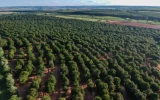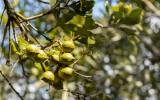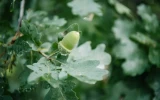How Long Do Macadamia Trees Live? Complete Life Cycle
Beyond their delicious taste, macadamia trees have a fascinating life cycle that spans decades. These trees are renowned for their longevity, often gracing gardens and orchards for several decades. In this article, we'll find out how long can macadamia trees live by exploring their life cycle.
Typically, a healthy macadamia tree can live for over 60 years. But on average, a well-cared-for macadamia tree can live for 40 to 50 years. However, that lengthy lifespan doesn't mean they're quick to produce nuts; it takes about 6 to 7 years before they begin to bear fruit.
Macadamia trees go through several distinct growth stages from seed to full nut production. As you read below, we'll have an in-depth understanding of these phases to give you a clearer picture of the care and patience required to cultivate these trees.
The lifespan of macadamia trees is an important consideration when starting a macadamia farm from scratch.
Summary
- Macadamia seeds take 4-12 weeks to germinate, during which the warm soil temperatures trigger the metabolic activities within the seed, leading to the emergence of the embryonic root and shoot.
- It takes 2 to 10 years for macadamia trees to mature, during which they establish a robust structural foundation that will support the tree's future fruit production.
- Macadamias reach full production after 7 to 10 years as trees become valuable sources of nuts, capable of producing between 30 to 50 pounds of nuts each year.
- Macadamia varieties with genetic traits that provide disease resistance, adaptability to different climates, and overall health are more likely to thrive and survive, ultimately contributing to a longer lifespan.
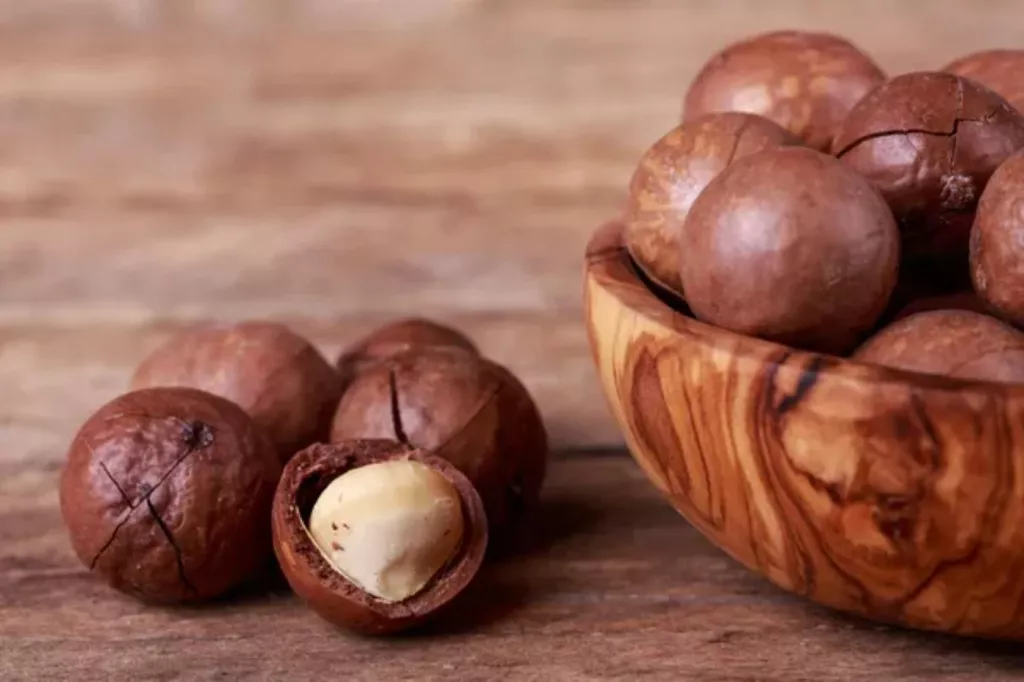
On this page:
A Macadamia Tree Can Live for 40 to 50 Years
Macadamia trees are known for their longevity when properly cared for, with an average lifespan of 40 to 50 years. These trees are native to the coastal rainforests of Australia, and even in Victoria, and are cultivated in various other regions with suitable climates, such as Hawaii, South Africa, and parts of Central and South America.
Well-cared-for trees are more likely to reach their full lifespan potential. Adequate irrigation, nutrient management, and pest control help maintain the health and longevity of macadamia trees.

Macadamia trees thrive in sub-tropical climates and, with proper care and the right conditions, they will become a long-standing feature of your landscape. They grow slowly but surely, requiring patience as you anticipate the first harvest.
However, some common diseases can affect macadamia trees, including phytophthora root rot and various fungal infections, which can limit their lifespan. But with regular monitoring and appropriate treatment, you can mitigate the impact of these diseases.
Growth Stages of Macadamia Trees
Macadamia trees go through several distinct growth stages from seed to full nut production:
| Growth Stage | Estimated Time Frame |
|---|---|
| Seed germination | 4–12 weeks |
| Sapling development | 2–3 years |
| Maturation | 2–10 years |
| Full production | 7–10 years |
Macadamia seeds take 4–12 weeks to germinate
During the germination stage of macadamia seeds, the seeds require warm soil temperatures to begin the germination process. This warm environment triggers the metabolic activities within the seed, leading to the emergence of the embryonic root (radicle) and shoot (plumule).
The germination period for macadamia seeds usually spans from four to twelve weeks after being planted. Throughout this time, you need to maintain consistent moisture in the soil without allowing it to become waterlogged. Adequate moisture is essential for the seeds to swell, crack, and initiate the growth of the embryonic structures.
As the seeds germinate, they undergo metabolic changes and begin to absorb water and nutrients from the soil. This sustains the growth of the emerging root and shoot, allowing the seedling to establish itself and eventually develop into a mature macadamia tree.
The sapling development phase lasts for 2–3 years
After the germination stage, the young macadamia tree enters the sapling development phase, which can extend over a period of 2–3 years. During this critical stage, the young tree is vulnerable and requires particular care to ensure its healthy growth and development.
The young macadamia tree must receive consistent and sufficient moisture to support its growth and establishment. Proper irrigation is crucial, as both overwatering and underwatering can negatively impact the sapling's development.
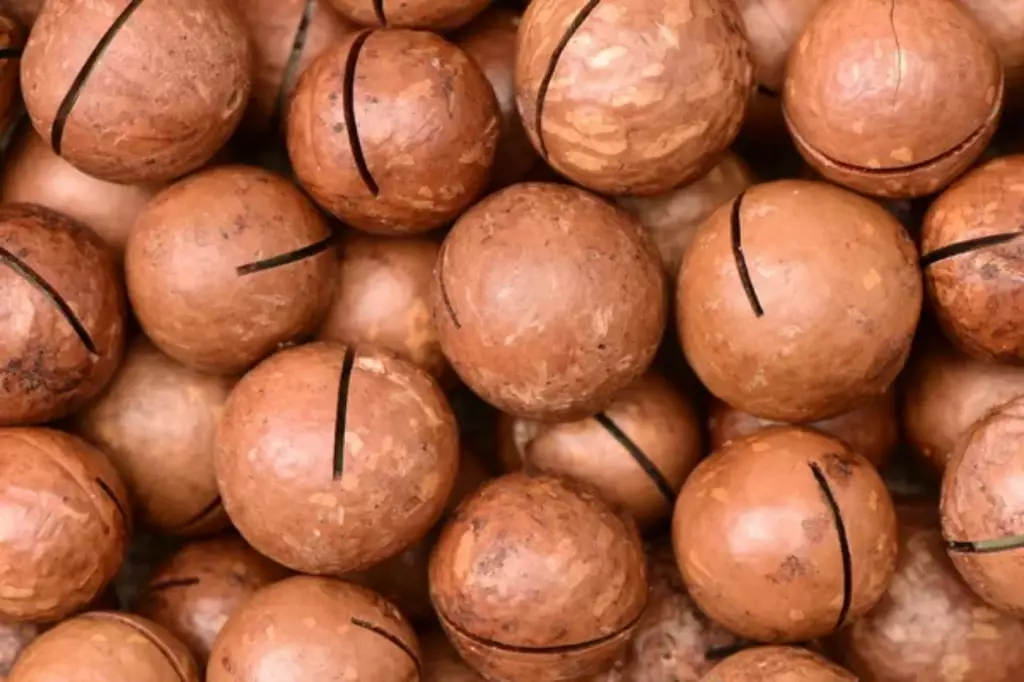
Additionally, protecting the delicate tree from harsh conditions is paramount during this phase. This includes shielding the sapling from extreme temperatures, strong winds, and potential damage from pests or diseases.
It takes 2 to 10 years for macadamias to mature
During the maturation phase, macadamia trees undergo a slow growth process, which can span from 2 to 10 years, dependent on various factors such as climate and soil conditions.
This extended period is dedicated to establishing a robust structural foundation that will support the tree's future fruit production.
Throughout the maturation phase, the focus is on the development of a sturdy and well-formed framework for the tree. This includes the growth of a healthy root system and the establishment of a strong trunk and branching structure.
Adequate care and maintenance are essential during this time to ensure the tree's structural integrity and overall health. As the trees progress through the maturation phase, they gradually develop the capacity to bear fruit.
Macadamias reach full production after 7 to 10 years
Macadamias are considered one of the fast-growing nut trees. Initially, they can start producing nuts around the fifth year, but it takes several more years for the trees to reach their full production potential. At this stage, a mature macadamia tree is capable of producing between 30 and 50 pounds of nuts each year.
As the macadamia tree reaches full production, it becomes a valuable source of nuts, contributing to the overall macadamia nut industry. The nuts produced by the tree can be harvested and used for various purposes, such as culinary applications, snack foods, and even in the production of oils and cosmetics.
Factors Influencing Lifespan of Macadamia Trees
In this section, we'll examine several critical factors that affect the longevity of macadamia trees:
Genetics play a fundamental role in determining the macadamia lifespan
The genetic makeup of a macadamia tree influences various factors such as disease resistance, adaptability to different climates, and overall health, all of which can contribute to the tree's longevity.
Different varieties of macadamia trees may possess genetic traits that make them more resilient to common diseases and pests. This resistance can significantly impact the tree's ability to thrive and survive, ultimately contributing to a longer lifespan.
Additionally, certain genetic variations may confer specific adaptations to different climates, allowing the trees to better withstand environmental stressors and thrive in their specific growing conditions. You can learn more about the different types and varieties of macadamia trees in this article.

Furthermore, the genetic diversity within macadamia populations can also influence the overall health and vigor of the trees. Genetic variation can provide a broader range of traits that may enhance the trees' ability to resist environmental pressures, ultimately impacting their longevity.
The environment where your macadamia tree grows is pivotal to its survival
Macadamia trees thrive in regions with a sub-tropical climate and require adequate sunlight to grow and produce high-quality nuts. The ideal temperature range for macadamia trees is between 65 and 85° Fahrenheit, with consistent warmth being essential for their growth and development.
Adequate sunlight is crucial for the process of photosynthesis, which is essential for the production of energy and nutrients that the macadamia tree needs to grow and bear fruit. Without enough sunlight, the tree may struggle to thrive and produce a healthy yield of macadamia nuts.
In addition to sunlight and temperature, macadamia trees prefer well-draining soil with a slightly acidic to neutral pH. Proper soil conditions ensure that the roots receive adequate oxygen and nutrients, which are essential for the tree's overall health and productivity.
Furthermore, excessive or unusual weather patterns can stress macadamia trees, potentially impacting their growth and lifespan. Extreme temperature fluctuations, prolonged periods of drought, or excessive rainfall can all negatively affect the trees.
How you care for your macadamia tree can extend or diminish its life
Macadamia trees generally require consistent moisture to thrive, and regular watering is essential, particularly in areas with less than 800-1000mm of annual rainfall.
Adequate irrigation helps to support healthy growth and development, and a lack of sufficient water can lead to stress, reduced productivity, and ultimately a shorter lifespan for the tree.
In addition to watering, fertilizing the tree twice a year, typically in spring and autumn, provides essential nutrients that support growth, flowering, and fruit production.
A well-fertilized macadamia tree is better equipped to withstand environmental stressors and is more likely to live a longer and healthier life. Neglecting proper fertilization can result in nutrient deficiencies, reduced vigor, and an overall diminished lifespan for the tree.
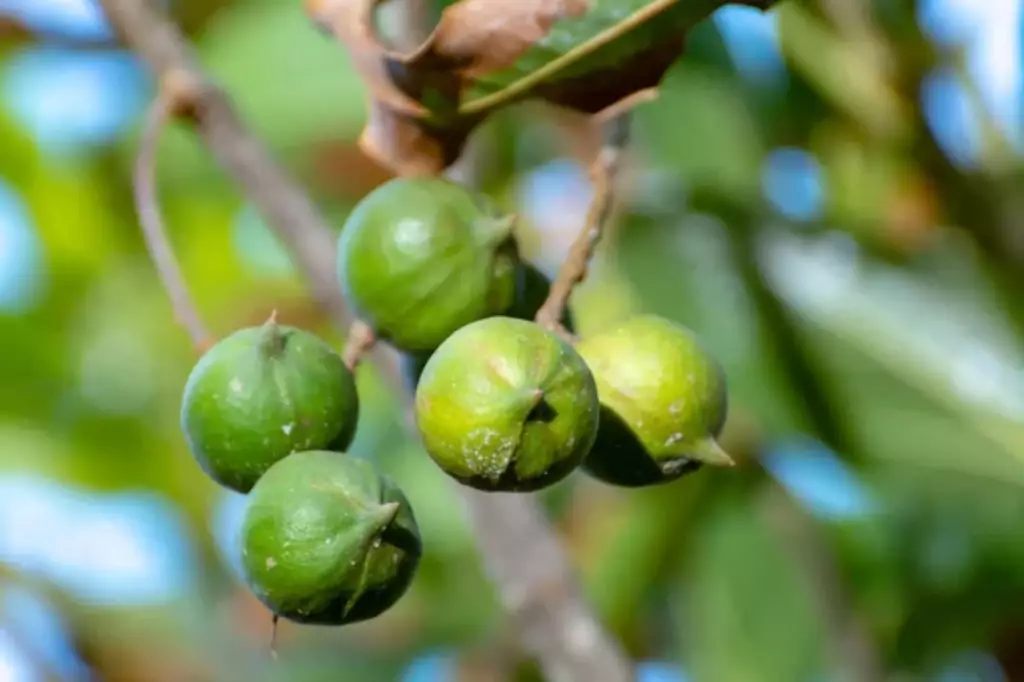
Furthermore, regular maintenance practices such as pruning and pest control play a significant role in caring for macadamia trees. Pruning helps to shape the tree, promote airflow, and remove dead or diseased branches, contributing to overall tree health and longevity.
Effective pest and disease management are also critical, as unchecked infestations or infections can weaken the tree and potentially shorten its lifespan.
